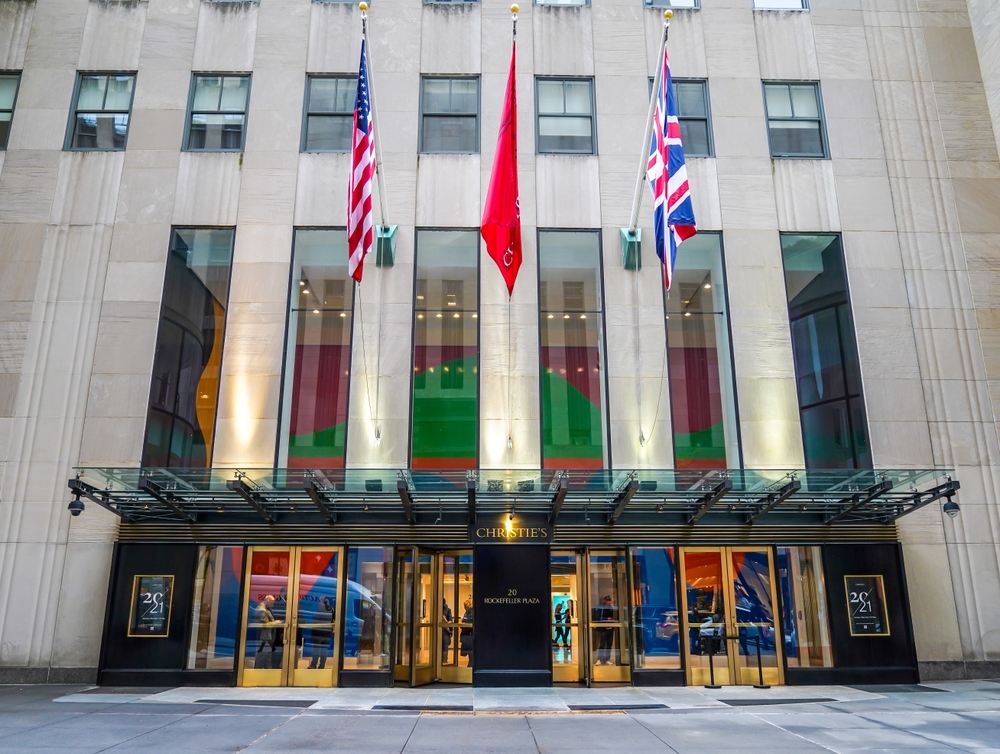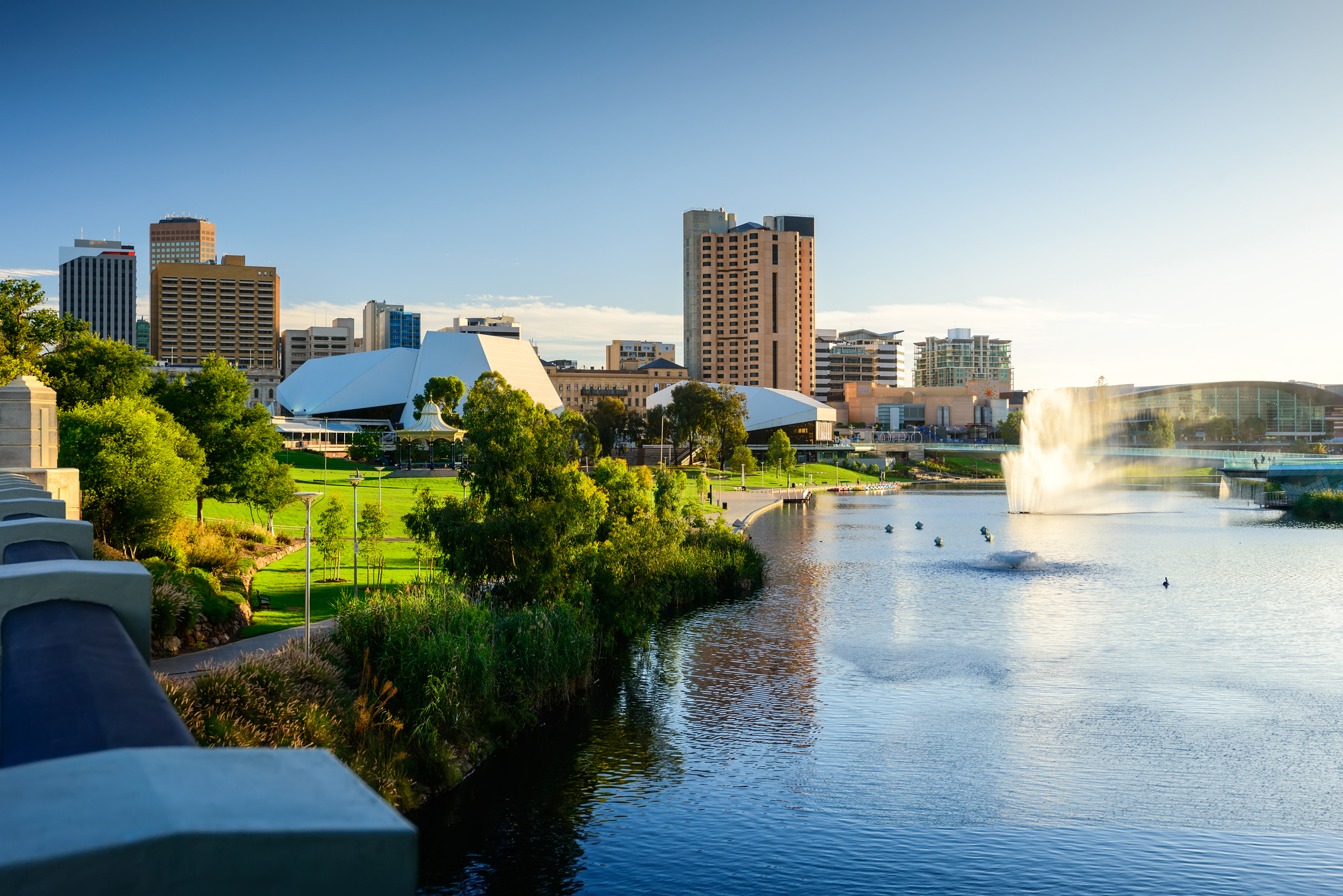Brexit Was Expected to Slash Immigration. Instead It Hit a Record.
U.K. government has allowed in more students, higher-skilled workers and families fleeing Ukraine and Hong Kong
LONDON—When the U.K. voted to leave the European Union in 2016, many backers of Brexit hoped the move would cut immigration by ending the right of EU residents to move here freely, a growing trend that some Britons felt was taking jobs away from locals.
Instead, immigration has risen to a record high, as growing numbers of migrants from non-European countries have outstripped a sharp decline in those from the EU. Though the ruling Conservative Party has repeatedly pledged to cut migrant numbers post-Brexit, it has instead let in more in a bid to boost stagnant economic growth.
Data released on Thursday by the Office for National Statistics showed that net migration during 2022 rose by 606,000, the largest increase on record. The figures don’t include migrants who arrived illegally on boats across the English Channel, the number of whom surged 60% last year to a record of about 45,000.
“Numbers are too high, it’s as simple as that, and I want to bring them down,” Prime Minister Rishi Sunak said Thursday.
The U.K. experience illustrates that even if industrialised nations want to curb migration, and take drastic steps to do so, they can come under pressure to allow it to avoid economic damage from labor shortages. In the U.K., the labor force is now smaller than it was pre pandemic, and some industries have complained they can’t find enough workers.
It also underscores the political headache this trade-off presents. Thursday’s immigration numbers elicited criticism among some Conservative Party lawmakers, who said voters wanted this influx brought down. Sunak’s government announced new restrictions this week on how many family members visa-holding students could bring to the country. Polls show that Britons have mixed views on whether migrants are a boon or not, but they put a lot of weight on whether the government is seen to be controlling the flow of people into Britain.
Contributing to the rise was the granting of humanitarian visas to some 300,000 people from Ukraine following the Russian invasion and from Hong Kong amid growing political repression in the former British colony. But it was also fuelled by a sharp rise in visas for students and workers from non-EU countries. About 136,000 visas were granted to students’ families in 2022, an eightfold increase from 2019.
Most economists agreed that Brexit would liberalise trade with the rest of the world but raise trade barriers with the EU, Britain’s largest trade partner, and that the net economic effect would be negative. Most economists also expected that greater migration from the rest of the world wouldn’t be enough to compensate for the decline in European migrants, another net negative, said Jonathan Portes, an economist at King’s College London who tracks immigration.
“We were right about the first part and wrong about the second,” he said. “We were right about the basic economics, but a policy that what we thought would be a modest liberalisation [of migration with the rest of the world] has turned out to be de facto quite a significant liberalisation” he said.
Whether the increase in numbers is part of a longer-term trend is still too early to tell, said Madeleine Sumption, the director of the Migration Observatory at the University of Oxford. Many of the students who have arrived in the U.K. will eventually leave and there will likely be less migration from Ukraine and Hong Kong in coming years. That could push down the numbers toward the longer-term average of about 200,000 to 250,000 a year.
Before Brexit, any EU national had the right to settle and work in the U.K. During the referendum, the “Leave” campaign said the U.K. should have more control over who entered the country. After voting to quit the EU, the U.K. government in 2021 introduced a new immigration system that only allowed in people who met certain criteria—such as being paid 26,200 pounds a year, equivalent to $32,400, or having certain levels of qualifications. This system was aimed at avoiding a glut of low-paid workers into the U.K., which had fueled the backlash against immigration, while encouraging companies to invest more in their workforces and increase pay.
In 2022, total long-term immigration, measured as anyone who stays for longer than a year, was estimated at around 1.2 million. Of that total, 925,000 were from non-EU nations.
Even now, as the government has allowed more visas for higher-skilled jobs from doctors to bankers, it has tried to resist letting in lower-skilled workers.
“What they’re not willing to do, by and large, is open up to low-wage jobs, which previously had been done by EU workers,” said Brian Bell, chair of the U.K.’s Migration Advisory Committee, which advises the government. It also meant that EU workers no longer got preferential access to the U.K., vastly increasing the influx from countries such as India.
This new system, however, was implemented just as a worker shortage and high inflation started to take hold during the pandemic. The U.K. is the only major Western economy whose workforce is still smaller than it was pre pandemic, due to a combination of long-term illness, lower immigration from Europe and people taking early retirement. The Bank of England said those shortages have stoked inflation as companies have been forced to increase wages to attract workers, while other companies simply can’t grow because they can’t find enough workers.
What is clear is that illegal migration has an impact on public opinion. The U.K. government has focused on stopping illegal migration, largely in the form of small-boat crossings from France. Sunak has repeatedly pledged to clamp down on this and has signed a deal with France to help bust smuggling rings. The government is also threatening to deport migrants who arrive illegally to the African country of Rwanda. This policy has so far been blocked by the courts.
 Copyright 2020, Dow Jones & Company, Inc. All Rights Reserved Worldwide. LEARN MORE
Copyright 2020, Dow Jones & Company, Inc. All Rights Reserved Worldwide. LEARN MORE
This stylish family home combines a classic palette and finishes with a flexible floorplan
Just 55 minutes from Sydney, make this your creative getaway located in the majestic Hawkesbury region.
A new report on the impact of cost of living pressures reveals a stark contrast between age groups in investment strategies
Four in five Australians say they have changed their investment and savings goals over the past 12 months, with 44 percent doing so primarily to make ends meet during the cost–of–living crisis. A further 25 percent say they’ve switched strategies to protect their wealth against inflation, according to a new survey by financial advisory firm, Findex.
The Superannuation and Retirement Insights report shows Australians have also changed their goals to grow their wealth (31 percent), to create a regular income stream (29 percent) and to reduce taxes (17 percent). Transferring wealth to their children or other family members has motivated 10 percent of Australians to alter their investment plans, which is likely reflective of the increasing role played by the Bank of Mum and Dad in young people’s first home purchases.
The report found that traditional investment avenues, such as property and superannuation, remain the most popular choices, with more than eight out of 10 survey respondents ranking these asset classes highly. But there is also an increasing inclination towards investments that offer the potential for quicker returns, additional perceived safety, and better liquidity or accessibility to funds.
Eighty percent of survey respondents also nominated bank savings as among their top five investment choices right now, followed by shares (66 percent) and cash (51 percent).
“This shift reflects a broader strategy to mitigate current financial uncertainties, balancing the pursuit of long-term wealth accumulation with the need for immediate financial security,” the report says.
While superannuation is considered a cornerstone investment for retirement and long-term wealth accumulation, 85 percent of Australians are exploring investments outside superannuation. The most common investments outside super are bank savings (64 percent), property (38 percent), cash (35 percent) and shares (34 percent).
However, when the data is broken down by generation, stark differences are revealed in how each age cohort chooses to invest their spare income and why.
Most popular investments outsider super and the motivations to invest by generation
Baby Boomers (born 1965-1964)
Outside superannuation, Baby Boomers prefer to invest in bank savings (60 percent), property (50 percent) and shares (46 percent).
By far, their primary motivation for investing is planning for retirement (80 percent). They also want to build wealth (51 percent) and support their children or other family members (25 percent). Other motivations include preserving wealth to beat inflation (22 percent) and paying off a mortgage or other debt (20 percent). They are the least likely generation to be saving for an investment property.
Gen Xers (born 1965–1980)
Gex Xers prefer to invest in bank savings (57 percent), property (43 percent) and shares (36 percent).
They are motivated to invest for retirement (66 percent), to build wealth (50 percent), to save for emergencies (36 percent), and to pay off a mortgage or other debt (30 percent). Interestingly, Gen X is the generation most concerned with supporting their children or family members (33 percent). This may be because Gen Xers have grown up during Australia’s long-standing property boom that began in the late 1990s and continues today.
Millennials (born 1981-1996)
Millennials have the strongest interest in bank savings as an investment avenue (70 percent), followed by property at 41 percent. They also like cash (35 percent) and shares (33 percent). Millennials have the highest uptake of exchange-traded funds (ETFs) at 21 percent. ETFs are a relatively new type of asset class, with the first ones trading on the ASX in 2001. ETFs are a basket of shares that can be purchased in a single transaction for instant diversification. Millennials are also the generation most interested in cryptocurrencies, with 22 percent invested.
Their biggest motivations for investing are to build wealth (55 percent), save for emergencies (50 percent) and plan for retirement (49 percent). They also want to support their kids (32 percent) and pay off their mortgage (32 percent). Millennials are the generation most likely to be saving for an investment property (28 percent) rather than a first home (17 percent).
Gen Zs (born 1997-2009)
Gen Zs spread their money across more asset classes than their elders. They like investing in bank savings (66 percent), cash (42 percent), shares (22 percent), ETFs (17 percent), property (14 percent) and cryptocurrencies (13 percent).
While Gen Zs are the youngest age cohort within the survey, they also have long-term goals just like their elders. The biggest motivation to invest among Gen Zs is to build wealth (52 percent). More Gen Zs are saving for a first home than any other generation, with 42 percent pursuing this goal. They are also the generation most concerned with preserving wealth to beat inflation (29 percent). Gen Zs also want short-term security, with 46 percent saving for emergencies. They’re also the generation most likely to be saving for other major purchases like a car or holiday (41 percent) and investing just for enjoyment (26 percent).
This stylish family home combines a classic palette and finishes with a flexible floorplan
Just 55 minutes from Sydney, make this your creative getaway located in the majestic Hawkesbury region.






















